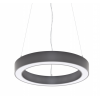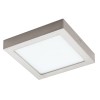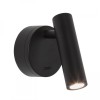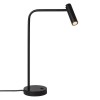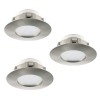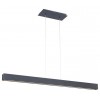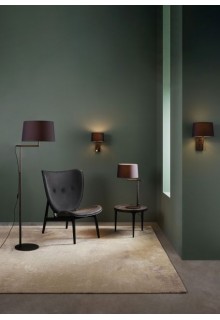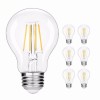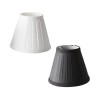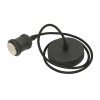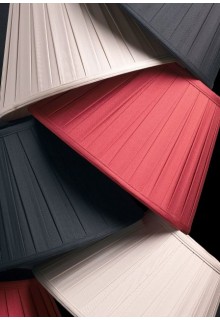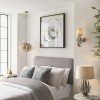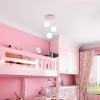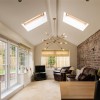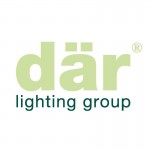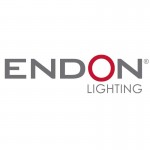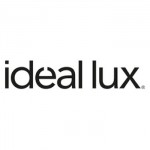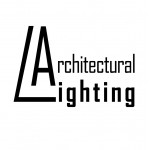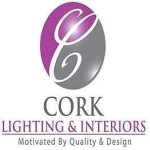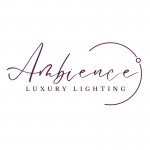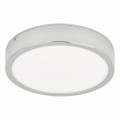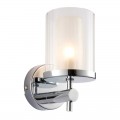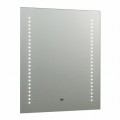The status of bathrooms has changed over time and it is no longer a small white space designed for a quick wash. We are all spending more time in the bathroom and correspondingly more money on achieving a quality finish. So why scrimp on the lighting?
Most bathrooms are built to last ten to twenty years, so it’s well-worth investing the same degree of planning and quality in the lighting particularly as it is by far the most emotionally influential element. Never underestimate how a poor lighting scheme can be limiting. Conversely, get it right and you bring the room to life and make it an enriching, positive space.
Have you any advice when planning my bathroom?
Yes, we would advise you to plan early. After deciding where your basin, toilet, bath and shower are to be positioned, lighting should be next on the list so you can run all the cabling and bury it in the walls before you start tiling and decorating.
Consider the space you have to work with. This will determine how many lighting ‘scenes’ you need to create. A small cloakroom/under stairs wc may need just one lighting scene, whereas a larger room with a bath enables you to have at least two “bright” for speedy stops, and “soft and low” for slow, relaxing soak. This is where you can have fun and be creative. In the very least you can dim the lights to provide a softer atmosphere, but you can enhance the night time lighting scene significantly with a few extra strategically positioned lights. To create the different scenes, plan on at least two wall switches.
How about building-in niches for display or storage, fit LED downlights to really bring the niche to life.
Recessed LEDs at skirting height are great for providing a wash of light across the floor. One great idea is to continue the bath panel down to just above the floor and position a strip of LEDs behind it to cast a gentle glow out from behind the panel and make the bath appear to float.
Can you explain bathroom regulations and zoning to me?
In Ireland there are regulations and zoning for Bathrooms. Below we have listed the IP rating and zones.
IP rating – The IP Code (or International Protection Rating, sometimes also interpreted as Ingress Protection Rating*) consists of the letters IP followed by two digits and an optional letter.
For example, IP44 simply means that the light fitting is “splash-proof”, and therefore will withstand the typical level of moisture found in a domestic bathroom. We have a large range of IP44 rated products so you’ll find plenty to choose from. A higher level of protection is IP68.
IP67 “Jet-proof” this is the rating we consider to be safe for lights fitted inside a shower cubicle.
The first digit – protection from foreign bodies |
Digit |
The second digit – protection from liquids |
|---|---|---|
| 0 – no protection from foreign bodies. |
0 |
0 – no protection from liquids. |
| 1 – protected against solid objects greater than 50mm (e.g. accidental touch by hands). |
1 |
1 – protection against vertically falling drops of water (e.g. condensation). |
| 2 – protected against solid objects up to 12mm (e.g. fingers). |
2 |
2 – protection against direct sprays of water up to 15 degrees from vertical. |
| 3 – protected against solid objects greater than 2.5mm (e.g. tools and wires). |
3 |
3 – protection against direct sprays of water up to 60 degrees from vertical. |
| 4 – protected against solid objects greater than 1mm (e.g. small tools and wires). |
4 |
4 – protection against water sprayed from all directions – limited ingress permitted. |
| 5 – protected against dust, limited ingress (e.g. no harmful deposit). |
5 |
5 – protected against low-pressure jets of water from all directions – limited ingress permitted. |
| 6 – totally protected against dust. |
6 |
6 – protected against high-pressure jets of water (use on ship deck) – limited ingress permitted. |
7 |
7 – protected against the effects of immersion between 15cm and 1m. | |
8 |
8 – protected against long periods of immersion under pressure. |
There are numerous combinations of IP ratings, the most common ones are, IP44, IP65, and IP67.
When choosing your lighting, always remember to establish the specific area of your bathroom where it will be fitted and its exposure to water. The bathroom area has been broken down into clear zones by the electrical safety regulations to assist you to choose the right fitting that corresponds to the specified IP rating for the amount of protection needed.
Zone 0 inside the bath or shower itself. Any fitting used in this zone must be low voltage, (max 12v) and be rated at least IP67 which is total immersion proof.
Zone 1 is the area above the bath/shower tray to a height of 2.25m from the floor. It is generally considered safer to use an IP65 rated fitting in this area. It is worth noting most shower lights are IP65. If the light is mains voltage an RCD must be used to protect the circuit in this zone.
Zone 2 is an area stretching 0.6m outside the zone1 and to a height of 2.25m from the floor. In this zone an IP rating of at least IP44 is required. In addition, it is good practice to consider the area around a wash basin, within a 60cm radius of any tap to be considered as zone 2.
Zone 3 is anywhere outside zones 0, 1 and 2 (subject to specific limits) and where no water jet used for cleaning is likely to be used. In Ireland zone 3 require at least IP20 products.
If a water jet is being used to clean light fittings must have a minimum rating of IP65.

ALL ZONES - Any electrical circuits in the bathroom must be protected by a 30mA Residual Current Device (RCD). We strongly recommend you use a qualified electrician for the installation of your bathroom light fitting.
Where should I put my bathroom light switch?
Bathroom light switches in Ireland must be positioned outside adjacent to the bathroom door.
What type of Bathroom lights are there?
- Bathroom ceiling lights – Ceiling light in the centre of the room is an easy solution for illuminating the entire space
- Downlights for Bathrooms – An alternative to one central ceiling light is recessed downlights. You may only need three or four for a typical size 2 x 2m bathroom. Position them close to the edges of the room in order to get an attractive scalloped wash down the wall. Or use IP65 downlighters such as the Saxby Shield plus which can be used directly above the shower or bath. This approach provides very good general lighting but with a gentler, more sophisticated ambience.
- Bathroom spotlights – Surface-mounted spotlights, the triple spotlight can be individually directed onto three different points in the room to provide pools of light where you need it and creates a more interesting lighting scene.
- Bathroom wall lights – Wall lights commonly installed by the mirror. However, you can use wall lights to enhance the other lighting in your bathroom too.
- Illuminated Bathroom Mirrors – Illuminated mirrors as well as doing the obvious can add a little soft light to your bathroom.

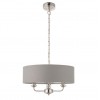
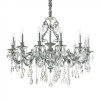

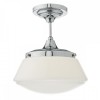
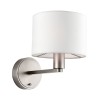

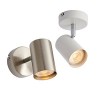
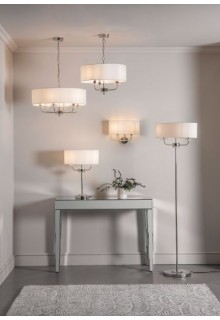

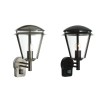
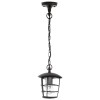
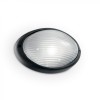

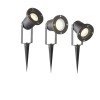
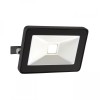
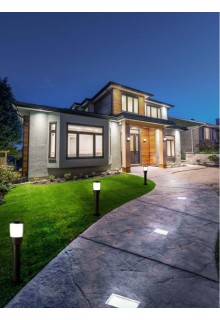

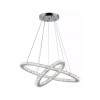

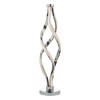



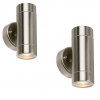
-small-220x320w.jpg)
